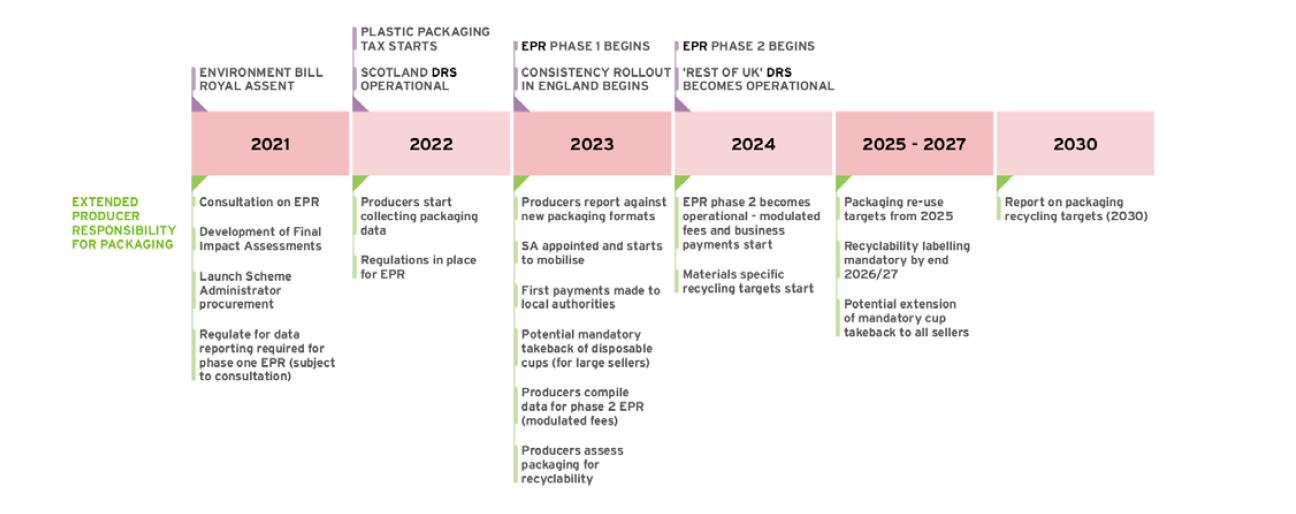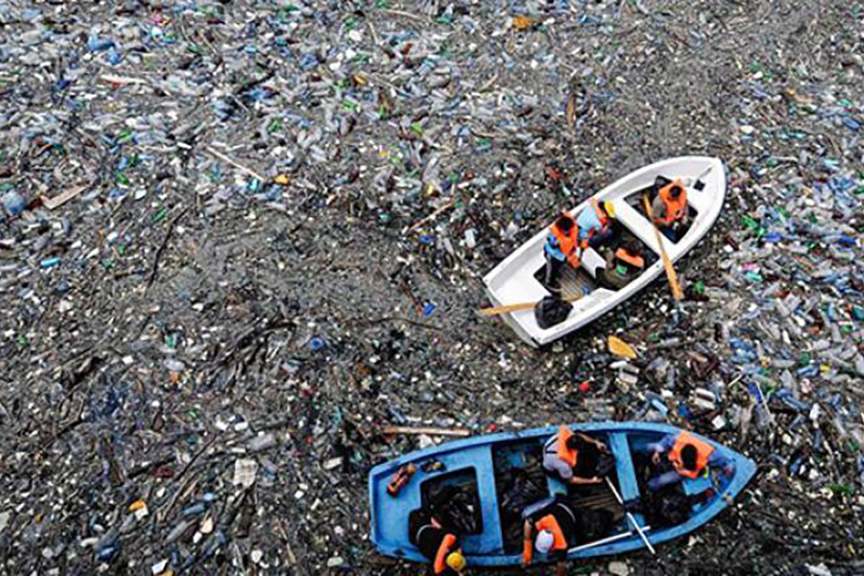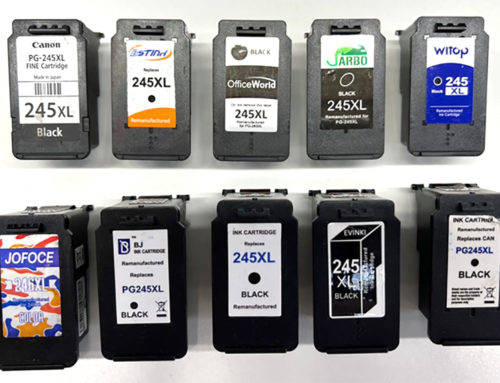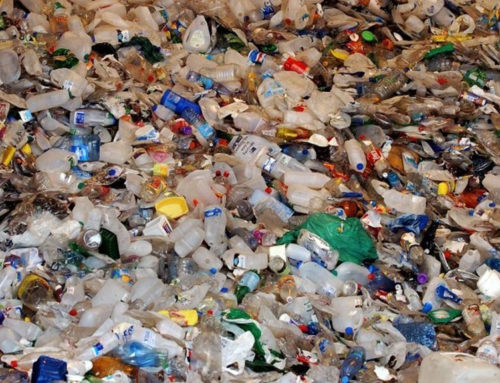The issue of plastic pollution, particularly in the world’s oceans, has garnered significant attention in recent years. Despite numerous discussions and the introduction of several bills aimed at addressing this problem, legislative action in the United States has been slow to materialize. The mounting concern over single-use plastics and their environmental impact has driven the conversation around Extended Producer Responsibility (EPR) to the forefront. EPR is seen as a critical policy mechanism to combat plastic pollution and promote sustainable packaging.
While 2023 has seen the introduction of 11 EPR-focused bills in the United States, none have successfully passed through the legislative process. In contrast, the previous year saw four statewide EPR bills in Maine, Oregon, Colorado, and California successfully enacted into law. The surge of interest in EPR reflects a growing awareness of the single-use plastics problem, with Anne Germain, COO and SVP of Regulatory Affairs at the National Waste & Recycling Association (NWRA), noting that single-use was even named the “Word of the Year” by Collins dictionary in 2018.
According to estimates from the Ellen MacArthur Foundation, by 2050, the weight of plastics in the world’s oceans will surpass that of fish. This alarming projection underscores the urgent need for action. Germain emphasized that transitioning to a circular economy is a crucial step in reducing ocean plastic pollution. Although the United States is often associated with plastic pollution, it’s important to recognize that the majority of ocean plastic waste generation occurs in countries like China and other parts of Asia and Africa. Germain also pointed out that the U.S. should consider the potential leakage of plastics resulting from exports.
While the U.S. may not be a primary source of ocean plastics, it has its own set of challenges. The main contributors to ocean plastic pollution within the country are city dust, tires, and textiles. Moreover, the recycling system in the U.S. is not fully circular, as plastic bottles are often not recycled into new plastic bottles. Instead, they are repurposed into various products such as fiber and pipes, making it less sustainable and contributing to the need for EPR.
Pricing remains a significant obstacle in the recycling industry. Germain highlighted that the value of recycled materials often falls below the cost of processing, burdening municipalities with the additional costs. This has led municipalities to look for alternatives such as EPR to shift the financial responsibility and promote more sustainable practices. The pandemic played a role in stabilizing supply chains and reducing prices of plastics and aluminum, further emphasizing the importance of addressing pricing issues.
Globally, it is recognized that plastic not recycled properly often ends up in landfills or the ocean, hindering solid waste collection efforts. Developing countries are also struggling with plastic waste management and the need for more landfills. This worldwide recognition underscores the urgency of addressing plastic pollution and the need for effective solutions.

The Role of Extended Producer Responsibility (EPR)
EPR legislation is emerging as a crucial solution to combat plastic pollution and promote sustainable packaging practices. EPR is designed to shift the responsibility for managing the end-of-life of products from consumers and the government to the producers of those products. When companies embrace EPR, they can improve product design and make necessary investments in recycling success.
In 2023, four U.S. states have passed packaging EPR laws, with more states expected to consider similar legislation. However, as the adoption of EPR programs expands, there is a risk of unintended consequences due to varying rules and regulations among states. To minimize these unintended effects, it is vital to engage stakeholders across the packaging value chain and encourage a dialogue on the future of packaging.
To enhance the effectiveness of EPR programs, it is essential to focus on improving the quality and quantity of recycled materials. Investment in composting infrastructure, including packaging, should be a priority, as should addressing the challenge of handling hard-to-recycle materials. Additionally, efforts to restrict packaging design solely for recycling purposes should be reevaluated, as designers must balance multiple demands in packaging.
Extended Producer Responsibility legislation is becoming increasingly vital in the fight against single-use plastics and plastic pollution. As more states consider and adopt EPR programs, it is essential to ensure that these systems are proactive and designed to influence packaging design while balancing the needs of both designers and recyclers. The rising tide of EPR presents an opportunity for packaging stakeholders to contribute to a more sustainable future and protect the environment from the scourge of single-use plastics.






